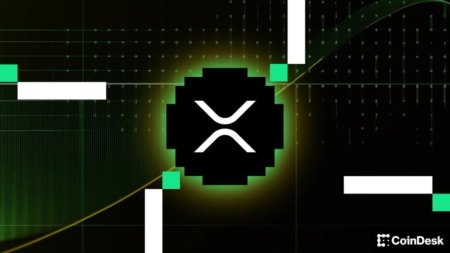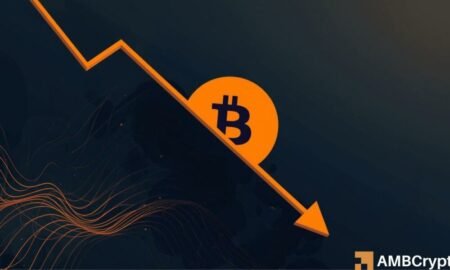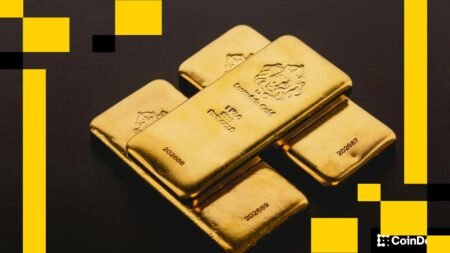Gold for Nations, BTC for the People: A Shift in Asset Reserves
As economic landscapes shift and the financial climate becomes increasingly volatile, central banks worldwide are turning to gold in unprecedented ways. With governments projected to accumulate an astonishing 830 tonnes of gold by 2025, the trend has revealed a striking pattern. In the first half of the year alone, 23 countries increased their gold reserves, marking a significant pivot in national asset strategies. This gold rush follows three consecutive years of above-average accumulation: 1,080 tonnes in 2022, 1,051 tonnes in 2023, and an impressive 1,089 tonnes in 2024, making it the 16th consecutive year of net purchases. This streak represents the longest period of sustained accumulation in history, contrasting starkly with the prior two decades when central banks were predominantly net sellers.
At the same time, a parallel trend has emerged in the world of cryptocurrencies, particularly Bitcoin (BTC). Long-term holders of Bitcoin now control nearly a record supply, with exchange balances witnessing a noteworthy decline. This decline indicates a growing preference for holding BTC rather than trading it. As institutional demand for Bitcoin continues to rise, it is increasingly viewed by investors as a digital version of gold—a scarce asset that serves as a hedge against inflation and market instability. This growing acceptance signals a transformation in how value is perceived and stored in an era marked by economic uncertainty.
Central banks’ embrace of gold is emblematic of a larger, defensive strategy aimed at consolidating wealth against inflation and currency devaluation. Gold has traditionally been a safe-haven asset, known for maintaining its value over time. For countries grappling with economic instability and geopolitical risks, gold serves as a vital financial bulwark. This tangible asset offers a sense of security that is especially appealing during times of financial crisis or hyperinflation. As more nations commit to accumulating gold reserves, the implications for global markets and the balance of power among nations become increasingly complex.
Conversely, the growing interest in Bitcoin marks a significant shift in the financial landscape and a move towards decentralization. While central banks stockpile gold, individuals are turning to digital assets like Bitcoin as an alternative investment strategy. Not only is Bitcoin finite in quantity, with a total supply cap of 21 million coins, but it is also portable, divisible, and accessible to a global audience. As awareness surrounding digital currencies expands, Bitcoin is becoming an attractive option for everyday investors looking for a mechanism to hedge against inflation and global economic uncertainty. This dual trend of national gold accumulation and individual Bitcoin investment illuminates a broader transitional phase in asset management.
Moreover, investor psychology plays a pivotal role in shaping these trends. As central banks engage in easy monetary policies, risking currency devaluation, market participants are adopting a risk-averse stance. This behavior fosters a greater demand for both gold and Bitcoin, which are perceived as safe assets. The behavioral economics of value preservation drive individuals to seek alternatives to traditional cash holdings or bonds, particularly in light of rampant inflation and fluctuating interest rates. By recognizing Bitcoin as a digital alternative to gold, investors can mitigate risks while exploring uncharted territories in the digital finance realm.
In conclusion, the simultaneous rise of gold acquisitions by central banks and Bitcoin adoption by the populace reflects the evolving dynamics of wealth preservation in today’s economy. Nations are stockpiling gold to safeguard against economic upheaval, while individuals are gravitating towards Bitcoin as a viable investment option. Both trends underscore a shift in the understanding of value—one marked by traditional reserves and the other by digital innovation. As the financial landscape continues to evolve, the interplay of these two asset classes will likely shape future investment strategies and market behaviors. The amalgamation of gold and Bitcoin encapsulates a broader narrative of resilience in the face of volatility, highlighting the irreversible transformation of asset management in the 21st century.

















